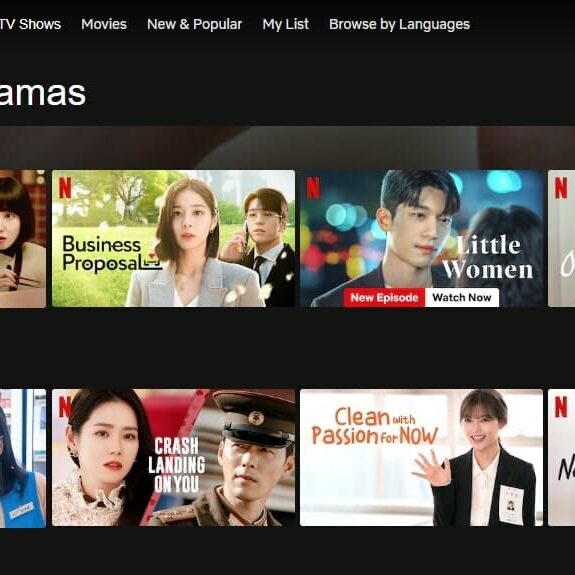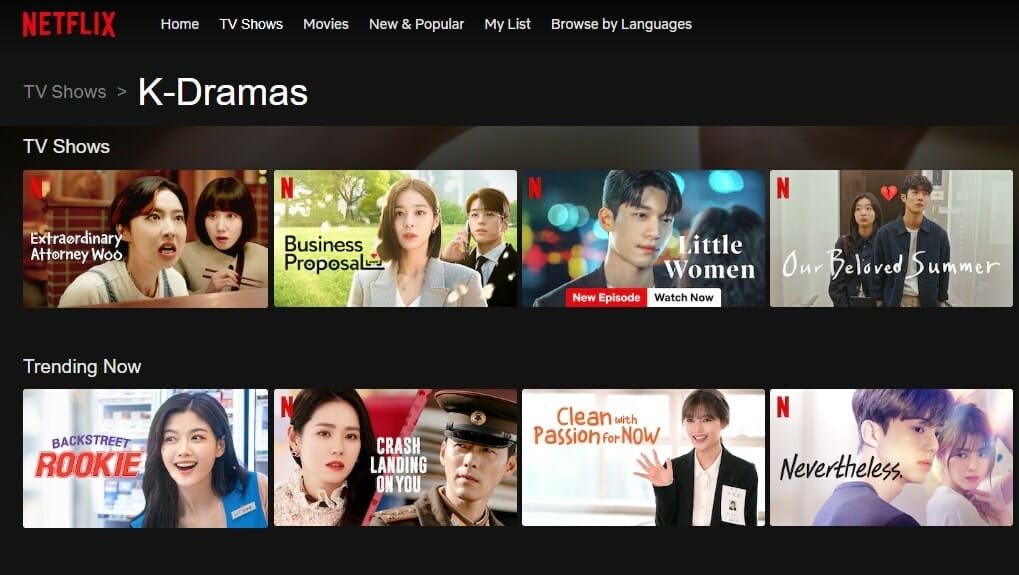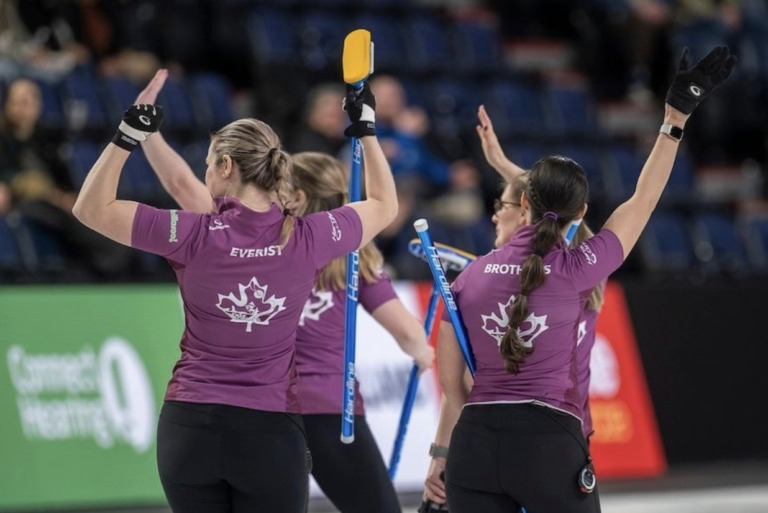
In 2016, I watched my first South Korean drama, or K-drama. It was called Boys Over Flowers. I quickly became a huge fan and have since watched many more K-dramas. It’s more than just a television trend creating a stir. Music, beauty and fashion are also in focus. What is it about South Korean culture that draws us in?
Korean media and products have grown increasingly popular around the world. Recently, an art exhibition in the United Kingdom called Hallyu! The Korean Wave began showcasing the dynamic and colourful culture of South Korea.
The exhibition focuses on the emergence of the “Korean Wave” and its presence around the world. It encompassed subjects such as cinema, music, fandom, beauty, fashion and other forms of drama.
The wave began with idol band stars, Korean pop music (K-pop) and K-dramas. Idol bands aren’t formed naturally as a group of friends coming together to play music, as many other bands do. Instead, prospective band members undergo a rigorous recruitment, audition and training process before debuting with a commercially organized musical group. They spend years as trainees, learning to become pop stars before their debut.
These popular forms of Korean media spread through increased international exposure through streaming platforms such as Netflix and YouTube.

The lure of K-pop
K-pop was first brought to the attention of global audiences in the 1990s by the band Seo Taiji and Boys. From PSY’s “Gangnam Style” in 2012 to the now-global phenomenon boy band BTS, the K-pop movement continues to grow.
Dafna Zur, a professor in the department of East Asian languages and culture at Stanford University, attributes the success of K-pop to the idols themselves. K-pop idols must dance, work hard and have charisma, while maintaining a clean and positive image.
Yanisa Artornturasuk, a fourth-year student at Dalhousie University, is working to start a K-pop society at the university.
”The thing that got me hooked is the quality of the Korean media. The quality of the music videos, dance choreography and amazing sound production,” Artornturasuk said. “Most people like K-dramas because they usually have a great plot and talented actors.”
I agree.
It’s not just the talent that’s unique. Being a K-pop fan is different from being a fan of major Western celebrities such as Justin Bieber or Taylor Swift.
K-pop fans tend to spend more on concert tickets, albums and a variety of other fan merchandise. A study by metasearch website iPrice found that “BTS Army” members, or superfans of BTS, spend on average $1,422 USD on these items. The study’s definition of one joining the “BTS Army” is when they collect “at least” 15 albums or EPs, as well as attended at least five shows.
According to a 2020 article on Vice.com, photo cards are one of the most popular K-pop collectibles. There’s one included in nearly every physical K-pop album and fans scurry to complete their collection with one of each.
The most intense fans of K-pop groups call themselves “stans,” derived from the 2000 Eminem song of the same name. A stan is an enthusiastic and devoted fan. Usually, stans have a bias for a favourite member within their chosen group. Ultimately, this creates a different fan culture.
Exploring K-dramas
K-dramas began gaining popularity in North America in the 2010s and now K-dramas on Netflix can be watched in more than 30 languages. During the pandemic, K-dramas re-emerged. In fact, 2021’s Squid Game broke Netflix’s record for the most viewership last year, drawing 111 million viewers in 28 days.
Zur believes the appeal of K-dramas is often their high-production value and balance of predictability and originality. The high production value helps transport audiences to the streets of Seoul, the countryside of Jeju Island or even back to the Joseon period. Viewers get a glamourized glimpse of Korean food, fashion and lifestyle.
K-dramas love cliches like the rich man falling in love with a poor girl, but often include a unique twist. In the K-drama I’m Not a Robot, a wealthy man is allergic to touching other people, so he finds a robot for companionship. Later he learns she’s a real girl pretending to be a robot because she’s too poor to live on her own. Dramas like this create unique plotlines that fans don’t see a lot of in Western media.
The culture of skincare and the Korean Wave in Halifax
Korean skincare and beauty have also taken off in popularity around the world. Korean skincare emphasizes the desire to have soft and dewy skin, also known as “glass skin.” One reason for its popularity is natural ingredients, such as snail mucin and royal honey.
Even in Halifax, you can find evidence of the Korean Wave. K-pop fans can learn the dances to their favourite songs at House of Eights Dance Studio on Barrington Street. I learned the choreography of Chung Ha’s Sparkling at this dance studio not so long ago. K-pop fans can buy their favourite albums and other merch at Sarah & Tom on Quinpool Road.
Korean media and products are more popular than ever as they capture the attention of worldwide audiences. Through loveable K-pop idols, unique K-drama plotlines and Korean skincare and beauty, I can confidently say the Korean Wave is here to stay.






